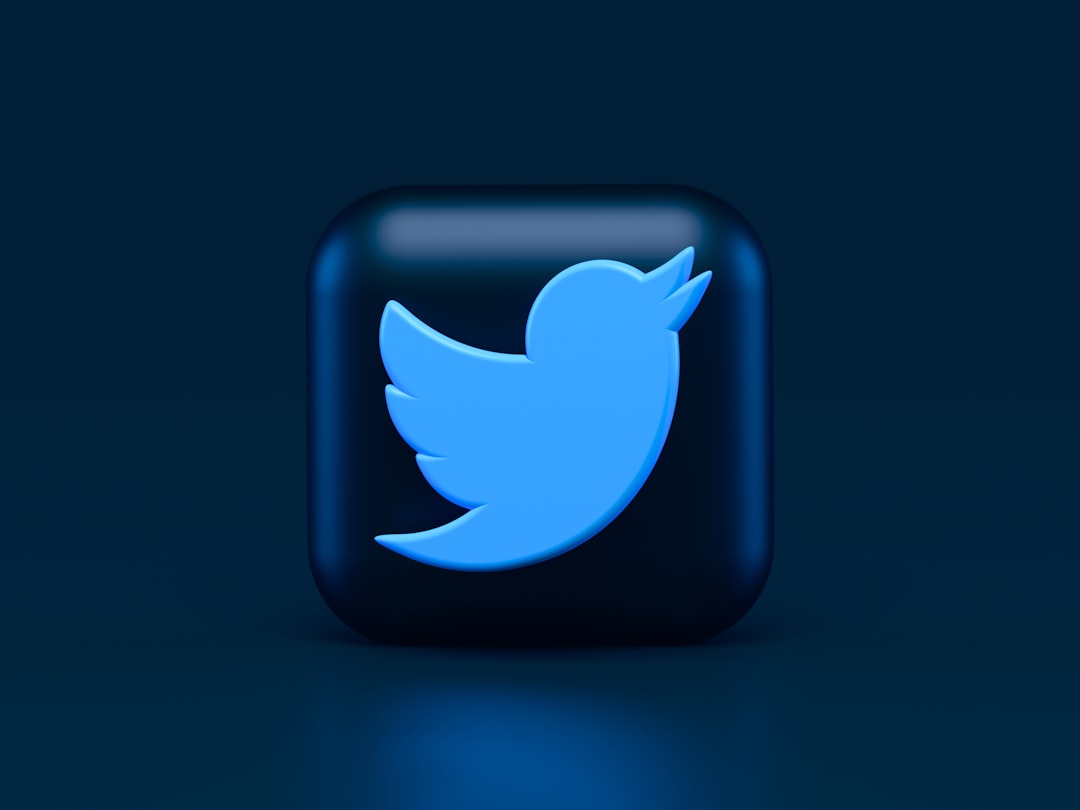Throughout history, numerous inventions and technologies have pushed the boundaries of communication. From the printing press to the telephone, each advancement has brought people closer together and revolutionized our societies. In the digital age, Twitter has emerged as one such game-changer. With over 330 million active users, this social media platform has become an integral part of our everyday lives. Let’s deep dive into the fascinating world of Twitter!
Twitter’s origins can be traced back to March 2006 when Jack Dorsey, Biz Stone, and Evan Williams launched the platform. Originally conceived as a way to share short updates with friends and family, the platform quickly gained popularity and morphed into something much larger. Today, it is used by individuals, businesses, politicians, and even world leaders to communicate directly and succinctly with their audience.
One of Twitter’s defining features is its 280-character limit per tweet. While it may seem restrictive at first, this constraint serves a purpose. By condensing thoughts into bite-sized snippets, Twitter encourages users to get straight to the point. This brevity cultivates concise and impactful messaging, allowing for a rapid dissemination of information.
Despite its limitation, Twitter has proven to be a vital tool during breaking news events. Whether it’s natural disasters, political developments, or cultural milestones, Twitter provides a real-time platform for people to share information, pictures, and videos. This immediacy has transformed how we consume news, making it accessible to anyone with an internet connection.
Moreover, Twitter has empowered individuals to become citizen journalists, offering firsthand accounts and alternative perspectives on events. Hashtags, denoted by the “#” symbol, enable users to categorize and follow specific topics. From #BlackLivesMatter to #MeToo, hashtags have spearheaded social movements and amplified marginalized voices. Through this digital activism, Twitter has proven to be a catalyst for change in the real world.
Businesses have also realized the potential of Twitter as a marketing and customer service tool. With its vast user base and real-time nature, Twitter allows companies to engage directly with their customers, answer queries, and address concerns promptly. Furthermore, brands can utilize promoted tweets and targeted advertising to reach a wider audience. Twitter’s advertising platform has become a valuable asset for businesses, enabling them to enhance their visibility and drive sales.
Politicians, too, have tapped into the power of Twitter. From world leaders to local representatives, politicians frequently take to Twitter to make announcements, share policies, and garner support. By bypassing traditional media outlets, politicians can communicate directly with their constituents, leading to both increased transparency and direct democracy.
However, Twitter’s influential impact is not without its challenges. The brevity of tweets can lead to misunderstandings or the spreading of misinformation. The speed at which information is shared can also contribute to the proliferation of fake news. Additionally, the platform’s open nature means that it can be prone to abuse and harassment, prompting the need for stringent moderation policies.
Nevertheless, Twitter remains an indispensable force in shaping public discourse. Its ability to connect a diverse range of individuals across the globe, provide real-time news updates, and facilitate meaningful conversations is unparalleled. From social activism to business promotion, Twitter has become a powerful tool that continues to evolve, adapt, and transform the way we communicate.




